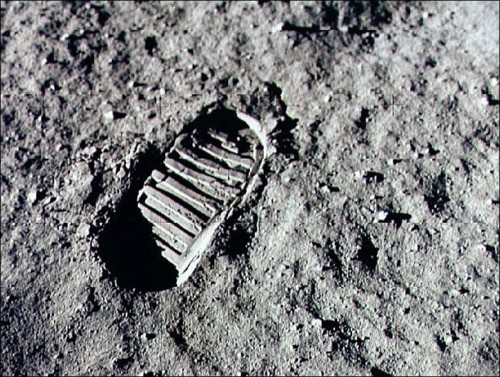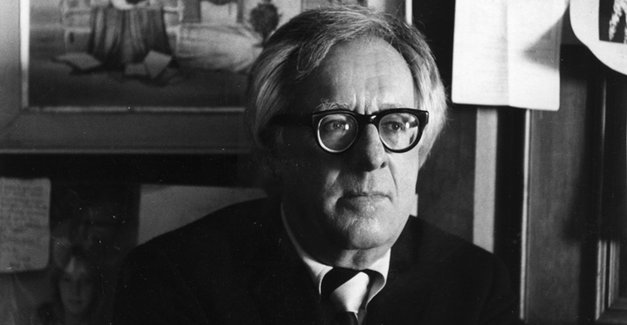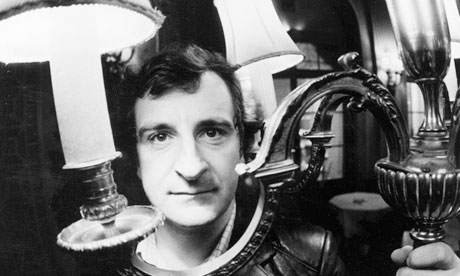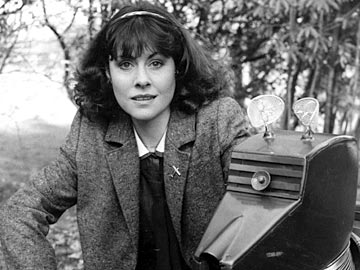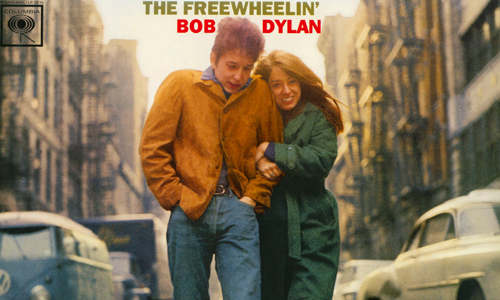
An auspicious site for New Rome: Seven hills on Mars are named after the fallen astronauts of Columbia. “Spirit would go on to spend several years exploring the Columbia Hills until, struggling in the Martian soil, it would finally cease to function in 2010. Which — striving and striving, until you can strive no more — seems an appropriate tribute to seven people who gave their lives so that the rest of us might forge ahead.”


